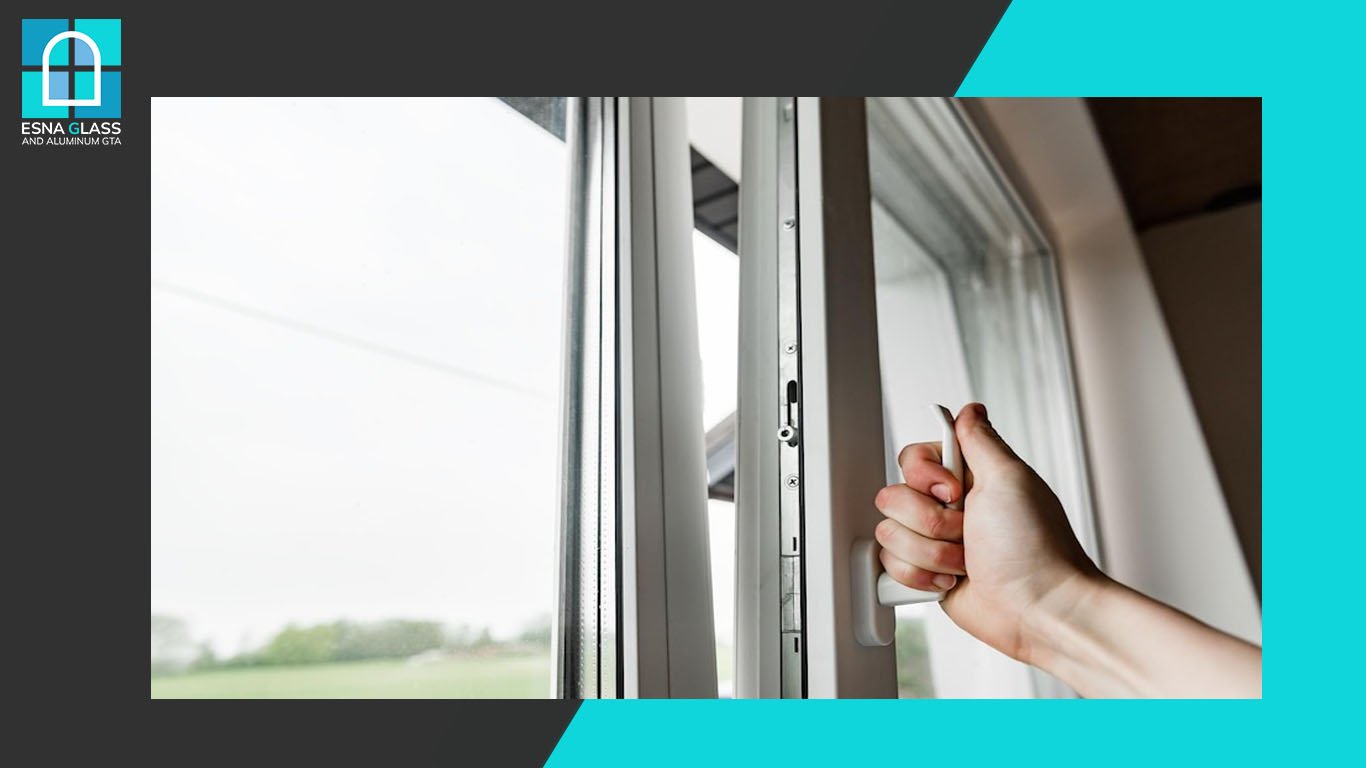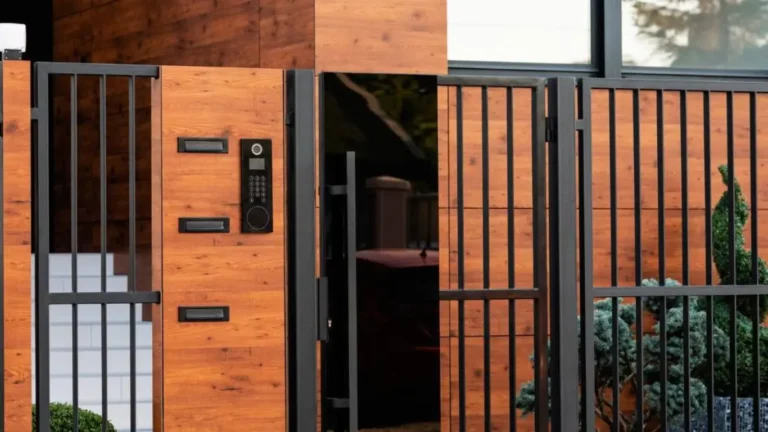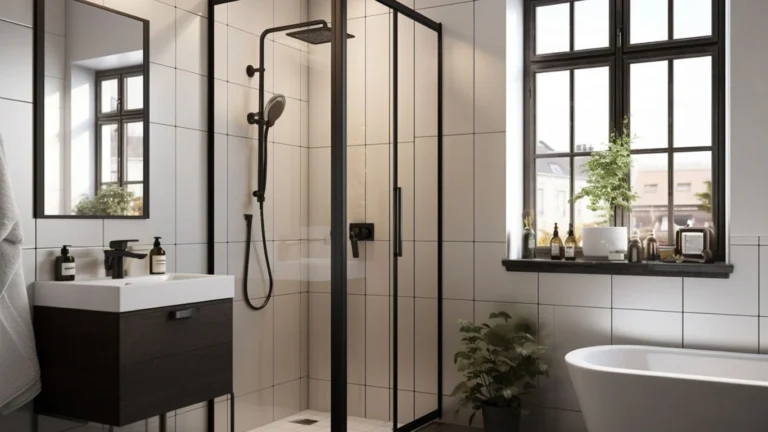Energy-efficient aluminum windows are designed to reduce energy consumption and costs by minimizing heat loss or gain through the windows.
These windows are an excellent choice for homeowners and building owners who want to reduce their energy bills while improving the comfort and value of their property. Aluminum windows are known for their durability, strength, and aesthetic appeal, and advancements in technology have made them increasingly energy-efficient.
In this article, we will explore the benefits of energy-efficient aluminum windows, how they work, and the different types available in the market.
Understanding Energy-Efficient Aluminum Windows
Energy-efficient windows are designed to minimize the amount of heat transfer that occurs between the inside and outside of a building through the windows. This can be achieved through the use of high-quality materials, such as low-emissivity glass, and advanced technologies, such as thermal breaks and insulated frames.
Advanced technology, such as thermal breaks, is what makes windows most energy-efficient. Thermal breaks are insulating materials that separate the interior and exterior metal components of the window frame, reducing heat transfer and drafts while improving overall energy efficiency.
There are several types of energy-efficient aluminum windows available in the market, with varying levels of energy efficiency. Some of the most energy-efficient aluminum windows use double or triple glazing, which involves two or three panes of glass separated by a layer of insulating gas. This helps reduce the amount of heat that is lost or gained through the window.

In addition, most energy-efficient aluminum windows use low-emissivity (Low-E) glass, which has a special coating that reflects heat back into the room while still allowing natural light to enter. This helps prevent heat loss during the winter months and heat gain during the summer months.
Overall, energy-efficient aluminum windows can provide significant energy savings and improved comfort for any property owner. When selecting energy-efficient aluminum windows, it is important to consider factors such as the U-value, solar heat gain coefficient (SHGC), and visible transmittance (VT) to determine the most energy-efficient option.
Most Energy-Efficient Aluminum Windows
When considering energy-efficient aluminum windows, several factors should be taken into account, including the number of glass panes, the presence of a thermal break, the type of glass used, and the overall design of the window frames.
In terms of glass, double and triple-pane windows are generally more energy-efficient than single-pane windows. This is because multiple panes of glass provide additional insulation and can reduce heat transfer. Low-E glass coatings can also improve energy efficiency by reflecting heat back into the room rather than allowing it to escape through the window.
Thermal breaks are another important factor in energy efficiency. These are insulating materials that help reduce heat transfer through the frame and can significantly improve energy efficiency.
There are several highly energy-efficient aluminum windows available in the market. One example is the Milgard Thermally Improved Aluminum window, which features a thermal break and low-E glass for improved energy efficiency. The window also has a narrow frame design, which maximizes the amount of natural light that enters the room.
Another example is the Andersen E-Series Double-Hung window, which features a high-performance Low-E4 glass coating and a Fibrex composite frame material that combines the strength and durability of aluminum with the energy efficiency of wood. The window also comes with a variety of energy-efficient options, such as triple-pane glass and a range of low-E coatings to meet specific energy needs.

Aluminum Thermal Break Windows
Aluminum thermal break windows are designed with a thermal break, which is an insulating material that separates the interior and exterior metal components of the window frame. This helps reduce the amount of heat that is transferred through the frame and can significantly improve the energy efficiency of the window.
Without a thermal break, aluminum windows can act as a conductor of heat, leading to significant heat loss or gain. By creating a barrier between the interior and exterior metal components of the frame, thermal break technology effectively prevents heat transfer and improves energy efficiency.
The benefits of aluminum thermal break windows include improved energy efficiency, increased comfort, and reduced energy costs. These windows can also help improve indoor air quality by minimizing the amount of heat loss or gain through the window. Additionally, aluminum thermal break windows are durable, low-maintenance, and available in a range of styles and designs to suit different architectural preferences.
Overall, aluminum thermal break windows offer an excellent option for homeowners and building owners who want to improve the energy efficiency and comfort of their property. By incorporating thermal break technology, these windows can significantly reduce heat transfer and provide long-lasting energy savings.

Energy-Efficient Aluminum Replacement Windows
Replacing old windows with energy-efficient aluminum windows can provide several benefits. Firstly, they can significantly reduce energy bills by minimizing heat loss or gain through the windows. Secondly, energy-efficient windows can improve the overall appearance of a property, increase natural light, and reduce noise pollution.
There are several types of aluminum windows available, including double-hung, casement, sliding, and awning windows. Double-hung windows feature two sashes that slide up and down for ventilation, while casement windows are hinged on one side and swing open like a door. Sliding windows slide open horizontally, while awning windows are hinged at the top and open outward from the bottom. Each type has its own unique benefits and can be customized to suit the specific needs of a property.
By selecting the most appropriate type of window, property owners can enjoy the benefits of improved energy efficiency, increased comfort, and reduced maintenance requirements for many years to come.

FAQ
How to make aluminum windows more energy efficient?
To make aluminum windows more energy-efficient, use thermal breaks, low-E coatings, and multiple panes of glass with insulating gas to reduce heat transfer. These technologies can significantly improve energy efficiency and provide long-lasting energy savings.
Are aluminum frame windows energy efficient?
Aluminum frame windows can be energy-efficient when they incorporate advanced technologies such as thermal breaks, low-E coatings, and multiple panes of glass. These technologies help reduce heat transfer through the window frame, resulting in improved energy efficiency and lower energy bills. However, without these technologies, aluminum windows can act as a conductor of heat and may not be as energy-efficient as other window materials.
How to make old aluminum windows more energy efficient?
Old aluminum windows can be made more energy-efficient by adding weatherstripping to reduce air leaks, applying window film or shades to block heat transfer, and using insulating curtains or blinds. Upgrading the window glass to low-E or double-pane glass can also improve energy efficiency. Additionally, adding storm windows or exterior shading devices can further enhance energy efficiency. However, it is critical to evaluate the condition of the window frames and ensure they are in good condition before making any upgrades.
How can windows be energy efficient?
Windows can be energy-efficient by using low-E coatings, multiple panes of glass, and thermal breaks to reduce heat transfer. Proper installation and weatherstripping can also help.
Conclusion
In conclusion, energy-efficient aluminum windows offer several benefits, including significant energy savings, improved comfort, and increased property value. By incorporating advanced technologies such as thermal breaks, low-E coatings, and multiple panes of glass, these windows can greatly reduce heat transfer, resulting in lower energy bills and a more comfortable living or working environment.
It is critical to choose the right type of energy-efficient aluminum window based on the specific needs of your home or building. By working with a professional team such as Esna, which specializes in aluminum doors and windows, you can ensure that you are selecting the most appropriate and energy-efficient option for your property while also keeping costs affordable. With over 16 years of experience serving the Toronto area, Esna has a proven track record of providing high-quality aluminum window solutions and excellent customer service.




